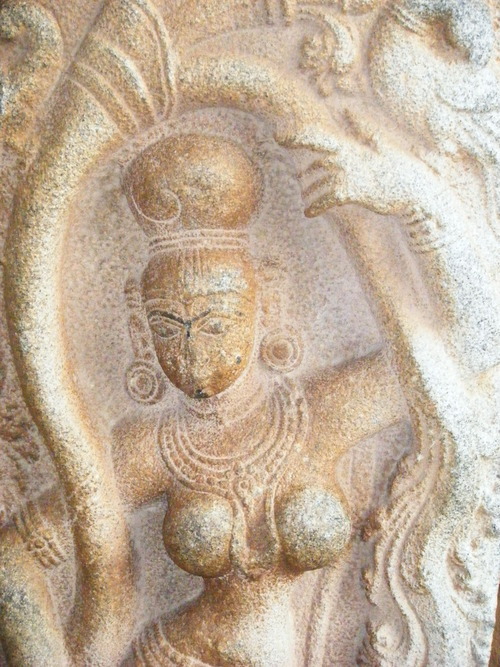Hey by the way, what IS yoga?
Now that is a question which many of you probably asked yourselves at some point or another. The answer is luckily complex, which makes for a lifetime of discoveries!
What I am going to write below is therefore, by no means, an exhaustive answer. It is more about sharing and passing on some pointers, which you will have the opportunity to explore at will in your own time and as your yoga practice unfolds.
Yoga is said to be about 5,000 years old and originated in India. The word “yoga” itself, derived from the Sanskrit word “yuj”, can be translated as “union” or “identification”. The union referred to is none other than the merging of the individual soul with the universal soul.
Yoga is a spiritual technique, a method, but it is not a religion.
Although in the West, we are used to go onto our mats to practice a physical form of yoga, there are other ways to access the experience of the blissful union of our consciousness with a whole. There are indeed six paths of yoga:
- Jnana Yoga is union by knowledge. “The yoga student must see fo himself that he is not the body, feelings, personality, or intellect, but their user.”
- Bhakti Yoga is union by love or devotion of and to the Divine.
- Karma Yoga is union by service. “It is work performed [selflessly] for the service of mankind, and at the same time, it is worship.”
- Mantra Yoga is union by speech. Mantras are sacred words or syllables that are repeated over and over again. Their repetition can be mental, whispered, voiced or chanted (see practice of kirtan or chanting). Mantras deal with the subject of sound vibrations, which are said to be healing and elevate consciousness. The yogi experiences the divine form expressing itself through sound.
- Hatha Yoga is union by bodily control. The physical asanas, hygiene and breathing exercises are all part of Hatha Yoga. “Yogis had an astounding knowledge of the workings of the human body. It was this knowledge that enabled them to formulate the most perfect of all systems for achieving and maintaining bodily and health fitness.” Yoga not only helps develop muscle strength, endurance and flexibility, it also enhances the health and efficiency of the internal organs (the heart, the lungs, the nervous systems, the endocrine system, the digestive system).
- Raja Yoga is union by mental control and is often practised together with a physical form of yoga. “Raja aims at mastering the mind. It seeks to gain control over the stream of thoughts that flows through the human mind.” Disciplining the “monkey mind” is achieved by means of concentration and meditation.
"Raja Yoga is designed to put our mental house in order and concentrate our scattered energies."
Six yoga paths are therefore available to suit the different personalities and characters of individuals. One path might be given a preference, but most often than not, you will notice that your yoga practice will incorporate elements borrowed from the other paths too.
At the end of the day, in the same way that “all roads lead to Rome”, all these various paths lead to realisation of the Self…
Enjoy this journey of self-discovery, dear yogis! :)
Namaste.
NB: The quotations shown in this note were borrowed from the book “Teach yourself yoga" by James Hewitt (written in the 1960s). A big thanks to Sarah Ghai for lending it to me! :)

